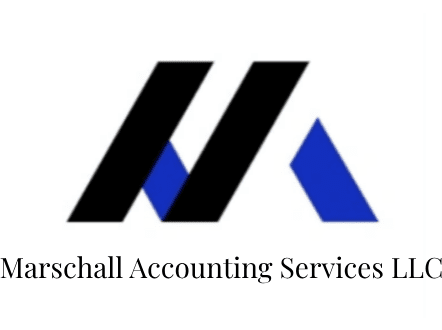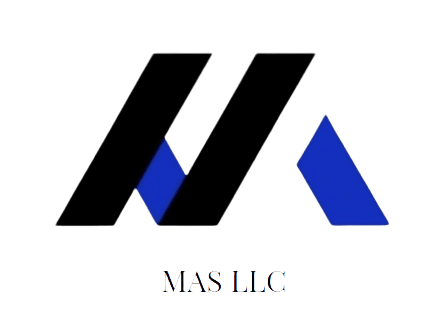Article: SEP and SIMPLE Plans-The Basics

Jessica I. Marschall, CPA
President Marschall Accounting Services LLC
SEP and SIMPLE plans enable small business owners to invest in plans similar to a larger company’s 401(k) plan.
SEP PLANS
SEP or Simplified Employee Pension Plan allows employers to create retirement accounts for themselves and their employees.
Pros of a SEP:
1. No high start-up or operating costs like a 401(k)
2. Documentation is relatively simple
3. Available to all businesses with no minimum employee number
4. Employees enjoy 100% immediate vesting
5. No annual filing requirements
Considerations and limits:
1. Contributions allowed up to 25% of an employee’s pay
2. Employer must contribute equally to each employee
3. Flexible contributions if finances are tight within a specific year
4. You may not use a SEP if the company uses another qualified plan
5. Minimum distributions begin, just like other qualified plans, at the age of 70 ½
6. Early the 10% early withdrawal penalty after age 59 ½
7. Qualified first-time homebuyers can use withdrawals up to $10,000
8. Employee contributions are based on the first $305,000 of compensation (2022)
9. Employer contributions are based on earnings from self-employment (net) less ½ self-employment tax and contributions to the employer’s SEP.
Employee participation:
An employee must meet these three guidelines in order to participate in a company SEP
1. Age 21 or older
2. Worked for at least three of the prior five years
3. Compensation of at least $650
**Employers can use less restrictive guidelines but not more restrictive
Annual SEP contribution limits:
1. 25% of employee’s compensation, or
2. $61,000 for 2022
SIMPLE PLANS
SIMPLE or Savings Incentive Match PLan for Employees
Pros of a SIMPLE:
1. No high start-up or operating costs like a 401(k)
2. Documentation is relatively simple, using Form 5304-SIMPLE[1]
3. Available to all businesses with no minimum employee number
4. Employees enjoy 100% immediate vesting
5. No annual filing requirements
Considerations and limits:
1. Employer must contribute each year at a matching contribution of up to 3% or 2% nonelective contribution. In nonelective contributions, the employee still receives a matching employer contribution.
2. Employees elect to contribute
3. Like the SEP, easy and inexpensive to operate
4. Unlike the SEP, contributions are not flexible
5. SIMPLE contribution limits are lower than other retirement plans
6. Employee contributions cannot exceed $14,000 (2022), with a $3,000 catch up contribution for those >50 years old
7. Combined participation in all employer plans is limited to $20,500 (2022)
8. Employer is required to match employee contributions exactly, up to 3% of compensation
9. Employers can drop below the 3% matching, but it cannot be below 1% with a limit of 2 out of 5 years.
10. Nonelective contributions of 2% from the employer must be made to employee’s whether they have chosen participation or not
11. No 10% early withdrawal penalty if the participant reaches age 59 1/2
12. SIMPLE IRAs can be rolled over to another IRA (except Roth) or to a 401(k), 403(b), or 457(b) plan
13. SEPs can be transferred to SIMPLES
Employee participation:
An employee must meet these two guidelines in order to participate in a company SEP
1. Earned at least $5,000 in compensation in the two prior years
2. Is expected to receive $5,000 in the current year
Incorporating a SEP or SIMPLE plan into a small business is a great way to create a retirement vehicle for both the business owner and their employees. Additionally, this is a great tool to attract and retain long-term employees.
See IRS Publication 560 for Retirement Plans for Small Businesses:




